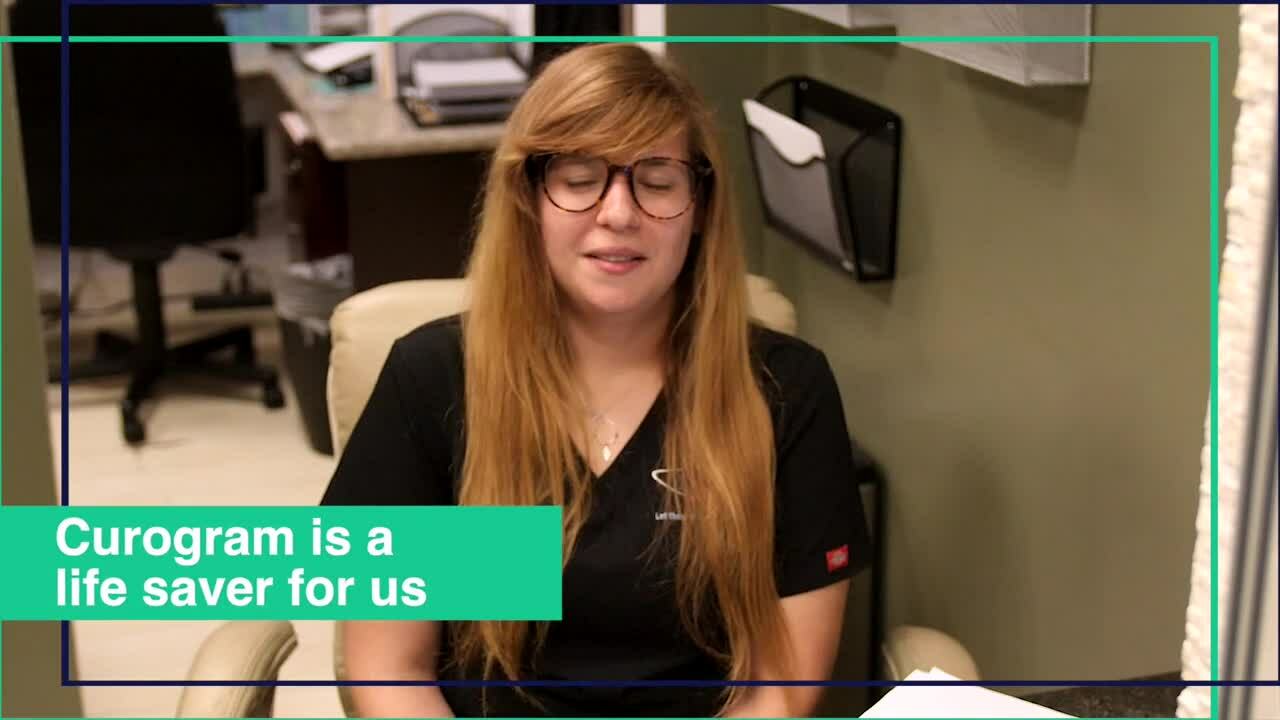Technological developments in the medical industry have had a massive impact on nearly all healthcare processes and practices. These technologies increase the quality of healthcare, reduce costs, and solve workforce problems. As a medical practitioner, you must keep up with the innovations that have become an integral part of today’s healthcare setting.
6 Strategies for Introducing Technology to Your Patients
Each year, it takes billions of dollars to produce state-of-the-art medical technologies including medical devices, electronic health records (EHRs), patient communication platforms, online appointment scheduling software, and practice management platforms. However, no matter how well you and your team implement and use medical technology, patients’ comfort and self-confidence can differ when introduced to these innovations.
The following strategies are helpful ways to help your patients feel comfortable embracing the innovative tools to help improve their health and well-being.
1. Create a comfortable space
Change is often challenging, especially if you’re used to doing something in a certain way. However, you can create a comfortable environment for your patients to learn how to use your software, whether it’s online appointment booking or a remote health monitoring program.
Patients who see multiple specialists who all use different types of technology might feel overwhelmed or confused with information overload.
Your patients probably have varying comfort levels when it comes to using technology. Some may be adept, while others might not have the knowledge needed to easily adapt to a new program. Some of the steps you can take to help your patients feel comfortable and confident include:
- Take time to explain the technology, including why you use it and how it simplifies or streamlines care
- Listen to your patients’ questions and concerns and use that information to revise how you introduce them to new technology
- Answer your patients’ questions clearly and compassionately
- Let your patients know you value their views and opinions
In this strategy, incorporate patient education by creating meaningful engagements and imparting vital information. This may result in a compassionate patient experience that would develop the doctor-patient relationship. With enough comfort, acceptance and understanding of the new technology would be easier for patients.
2. Set training and coaching sessions
According to a study published by BMC Med Inform Decis Mak, training and coaching is the most frequently mentioned factor associated with the successful introduction of medical innovation to nursing practitioners, which may also apply to patients.
The training or coaching doesn’t have to be a formal session. It may transpire during your hospital rounds or patient’s checkup or consultation. You can also offer on-the-spot training while giving encouragement and advice. Also, impart troubleshooting knowledge to patients as a learning experience to utilize the new technology.
To manage consistency, make sure you answer your patient’s possible questions about the technology, either in person or via text messaging or phone calls. Always make yourself available to help them better understand the relevance of innovation in both of your medical journeys.
When introducing the new technology, make sure to use easy-to-understand language while explaining complex medical terminologies. Using jargon or overly technical terms can cause confusion and frustration.
Speak at a moderate pace. Avoid talking too quickly to make sure your patients are following the conversation and would be able to come up with their questions.
You can also use the patient teach-back method. After you explain or demonstrate how to use the technology, you ask the patient to repeat what they have demonstrated using their own words. With this method, you confirm the patient truly understands the information.
3. Provide instructional materials
Instructional materials for new technology can help patients use it more effectively and efficiently. Share these reference materials with your patients to help them understand and use the new technology. The materials should answer your patients’ questions so they don’t need to contact your office for help.
Make sure that your patients can easily access the instructional materials. You can provide them with a hard copy of a user guide showing the step-by-step procedure to use the innovative tool. You can also send pdf or website links containing relevant information and user instructions.
Furthermore, most hospitals have printed educational brochures, pamphlets, or digital tools for patients to review when they want to know more about the newly introduced innovation. This will also allow them to study the information together with their family members or caregivers at their preferred time and pace.
4. Involve the family or caregiver
While your patients should learn to use any software or technology that can streamline their care and enhance their experience, relatives and caregivers who support them should also be involved.
For example, if the relatives who take care of the patient or caregivers don’t know how to use the technology, it could delay care or treatment, potentially putting the patient’s health at risk.
Involving patients’ relatives or caregivers not only teaches them how to use the technology, but also helps them understand how to best support their loved one. Moreover, involving a family member or caregiver can help reduce a patient’s uneasiness.
Make sure your patients’ relatives or caregivers are as informed as the patient. This strategy safeguards the patient’s well-fare and the technology’s credibility.
5. Provide continuous communication
Education and support doesn’t stop once you’ve introduced the new technology to your patient. Establish continuous communication to maintain your patients’ knowledge and keep them up-to-date with any upgrades or future changes. You can issue patient newsletters and include a resource section on your website.
6. Ask for feedback
Encouraging patients to provide feedback about new technology, services, and their overall experience increases their engagement, confidence, and comfort.
Take the initiative to ask for your patients’ opinions instead of leaving it up to them to share. Often a person who is uncomfortable with an idea typically avoids asking questions or providing viewpoints.
Instead of a simple ‘yes’ or ‘no’ response, you must give open-ended questions to boost your patient’s understanding and stimulate their minds into asking significant questions.
Be patient with your patient
Healthcare institutions use innovation to upgrade management, resources, training programs, staff empowerment, and patient care.
Taking the time to introduce your patients to new technology pays off. They’re more likely to use it and benefit from increased simplicity and accessibility. It can also lead to enhanced patient compliance and satisfaction. However, meeting this goal isn’t always easy, especially for patients who have varying comfort levels with innovation and change.
The proper transfer of information is critical when introducing technology to your patients. Consistency and patients helps patients recognize that technology improves their care and overall experience.


.png)
.png)
 4 Min Read
4 Min Read
 0
Comments
0
Comments


